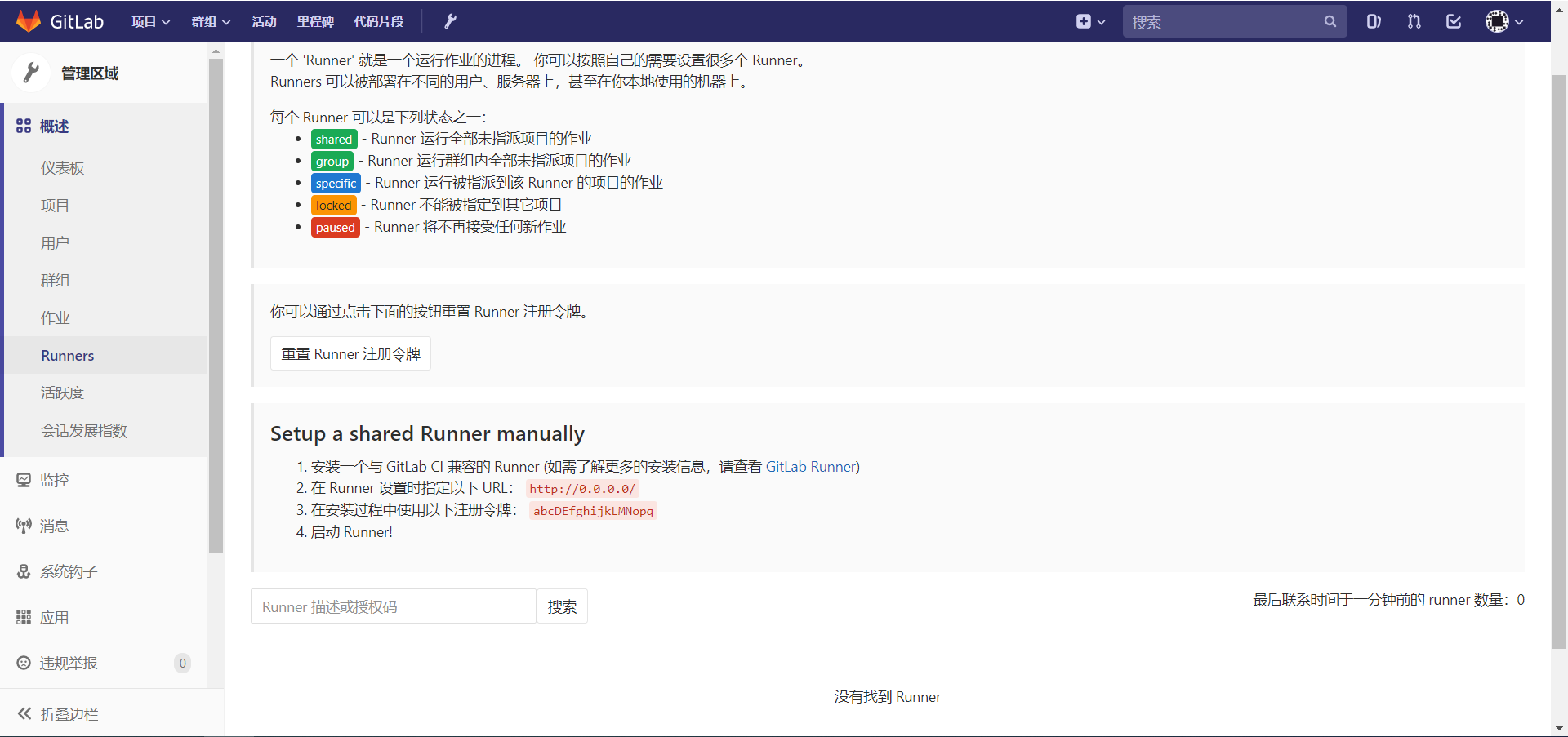

- HOW TO INSTALL GITLAB DOCKER HOW TO
- HOW TO INSTALL GITLAB DOCKER PORTABLE
- HOW TO INSTALL GITLAB DOCKER SOFTWARE
- HOW TO INSTALL GITLAB DOCKER FREE
In the tutorial on how to set up a GitLab CI Runner, we configured a GitLab runner using the sudo gitlab-runner register command which allowed us to interactively add the required parameters. Now, let’s start! Step 1: Configuring a Privileged GitLab CI Runner The tutorial has a Node.js demo app with test cases – we will be using it in this tutorial. Follow the steps in the tutorial to set up the GitLab CI runner service if you haven’t.

The tutorial on how to set up GitLab Continuous Integration pipelines on Ubuntu 20.04 gives you an overview of the GitLab CI server and shows you how to trigger jobs. Finally, follow this tutorial to install and configure a self-hosted GitLab instance.Ī GitLab CI runner is necessary to run automated jobs against your test cases.Follow this tutorial for the initial Ubuntu server setup, add a non-root user, and enable Ubuntu’s UFW firewall.Register a domain name with any domain name registrar of your choice and point it to CloudSigma.Below are some links you can follow to set up a GitLab self-hosted instance. You will also need a registered domain name to point to the server as we will be using it to get an SSL certificate from Let’s Encrypt to secure the server. You should have a server with at least 2 CPU cores and 4GB of RAM as recommended by GitLab to install a self-managed GitLab instance. We will use this to store the source code, run CI/CD tasks and host the Docker image registry. To follow along with every step of this tutorial, please ensure you have a GitLab CI runner and a self-hosted GitLab server as explained below. In this tutorial, we will be demonstrating how to build a simple Docker image and host it with a GitLab self-hosted instance (whether you are using the Community Edition or the Enterprise Edition – the flow of steps is the same). If you haven’t gone through the mentioned tutorials, please do so as they are building blocks to this tutorial. We also showed you how to implement continuous integration pipelines with GitLab runner to automatically build and run your tests whenever there’s a new commit. In a previous tutorial, we showed you how to set up a GitLab instance on a CloudSigma server and host your own Git Repository. GitLab SaaS is hosted by GitLab inc, and you don’t have to worry about installing anything to use it. GitLab CE and GitLab EE are self-managed solutions that allow you to download, install and manage the GitLab instance yourself. It offers three options: GitLab Community Edition (CE), GitLab Enterprise Edition (EE), and Gitlab SaaS. It provides DevOps tools for continuous integration and deployment, issue-tracking, Docker image registries, and more. GitLab is a web-based Git repository that’s more than just a version control tool. This is where GitLab comes into the picture. If however, you have private/proprietary code, you may have to pay for a private image repository or build your own image repository service.
HOW TO INSTALL GITLAB DOCKER FREE
Since it’s a public repository, you are also free to add your own Docker images to share with the public. It contains many open-source Docker images for the most common implementations you can pull and use. Docker offers a public Docker image repository available at Docker Hub. While there are several container platforms around the web, Docker happens to be the most common.ĭocker is an open-source container platform that makes development efficient and predictable.
HOW TO INSTALL GITLAB DOCKER PORTABLE
A container is essentially a fully packaged portable and self-dependent computing platform.
HOW TO INSTALL GITLAB DOCKER SOFTWARE
Software developers and engineers make use of containers to achieve the CI/CD aspect of software architecture. This has been necessitated by the need for continuous integration (CI) and continuous deployment (CD) which are defining aspects of DevOps. Containerization technology has greatly advanced in the software development tech space as the most accepted method of packaging and deploying applications in cloud environments.


 0 kommentar(er)
0 kommentar(er)
